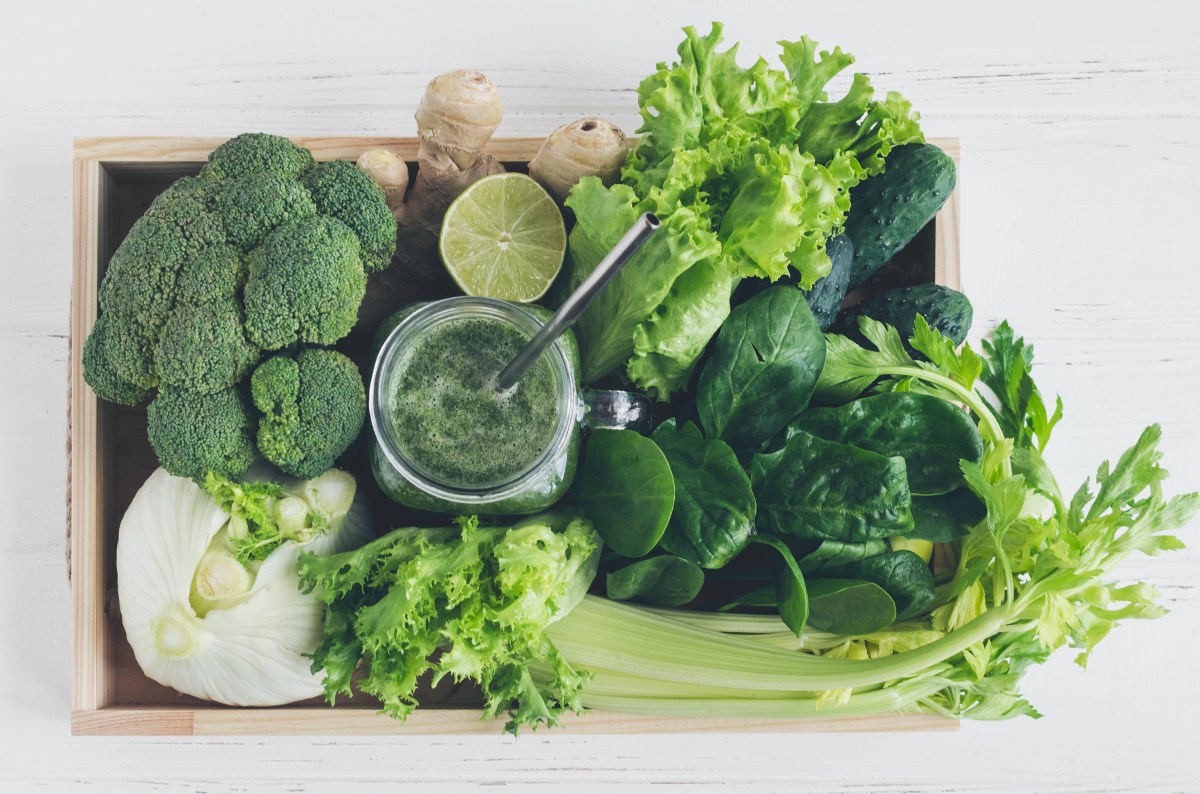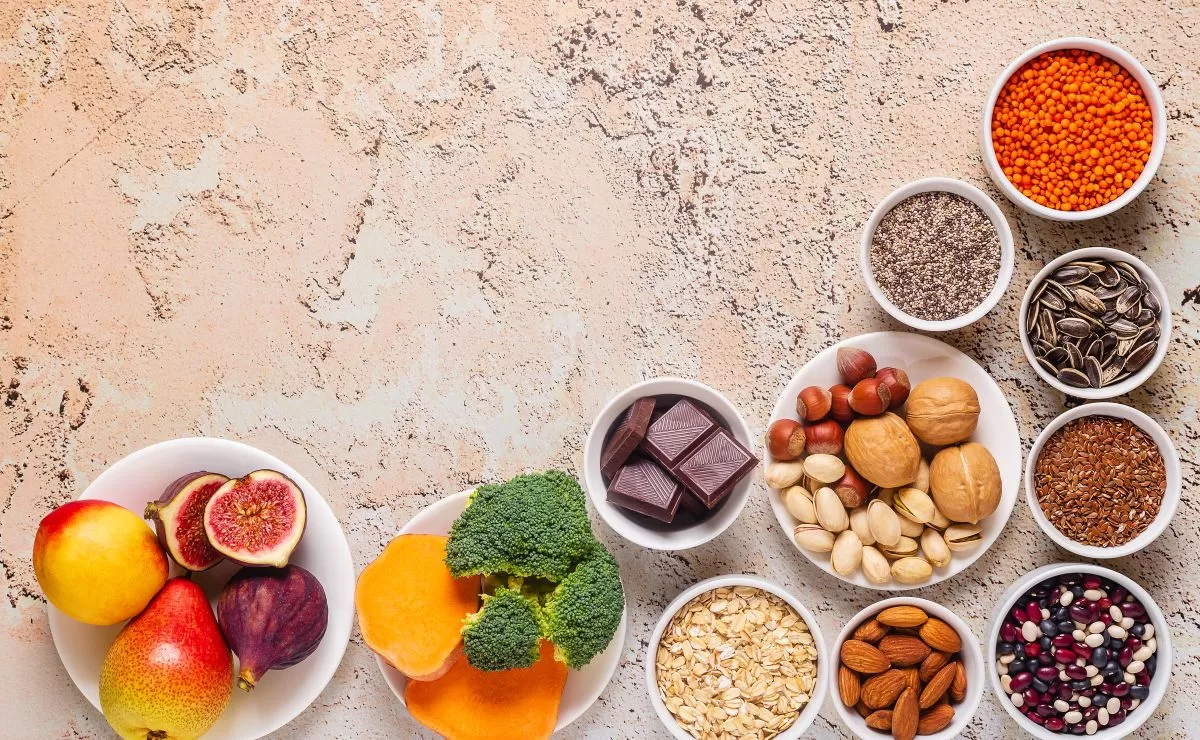The benefits of including fiber in the diet are multiple such as: improving intestinal health, fighting and preventing constipation and diabetes. However, one of the most valued is the ability they have to help lose weight.
Foods with fiber add volume to the diet because they give a feeling of satiety and fullness. This is because the body cannot digest fiber, so it passes through the intestines, this effect of fiber contributes to losing weight or maintaining a healthy weight.
The main sources of fiber are fruits and vegetables, grains and cereals, which have these compounds of vegetable origin that are not digested by the body, which contributes to the feeling of satiety.
How much fiber to eat?
The daily recommendation for fiber consumption for adults between 19 and 50 years of age is 38 grams a day for men and 25 grams a day for women, according to the indexes that manages medlineplus. Recommended sources of fiber are fruits, vegetables, and whole grains.
Among the foods rich in fiber are vegetables, so it is recommended to add to your diet: lettuce, chard, raw carrots and spinach.
Also cooked vegetables, such as asparagus, beets, mushrooms, turnips, squash, potatoes, and baked sweet potatoes in the skin. Other fiber-rich vegetables include broccoli, artichokes, squash, and green beans.

Legumes are another way to eat natural fiber, among them are: lentils, black beans, dry peas, red beans, broad beans and chickpeas.
While the consumption of nuts and seeds such as sunflowers, almonds, pistachios and pecans, can give us a feeling of satiety due to their levels of vegetable fiber.
Fruits are the quintessential source of natural fiber, including: apples, bananas, peaches, pears, tangerines, plums, berries, figs, kiwis, avocado, among others.
Dietary fiber can be consumed through hot cereals, high-fiber cereals, whole grain bread, brown rice and quinoa.
To ingest a greater amount of fiber, it is recommended to include raw and peeled foods such as fruits and vegetables. Likewise, consume whole grains, seeds and cereals and it is also important to avoid refined and ultra-processed foods.
Keep reading:
• Discover the surprising digestive benefits of yogurt: your new nutritional boost
• Eating oily fish improves cardiovascular health: proven by science
• The flavor you’ve been waiting for: Limited Edition McFlurry at McDonald’s






